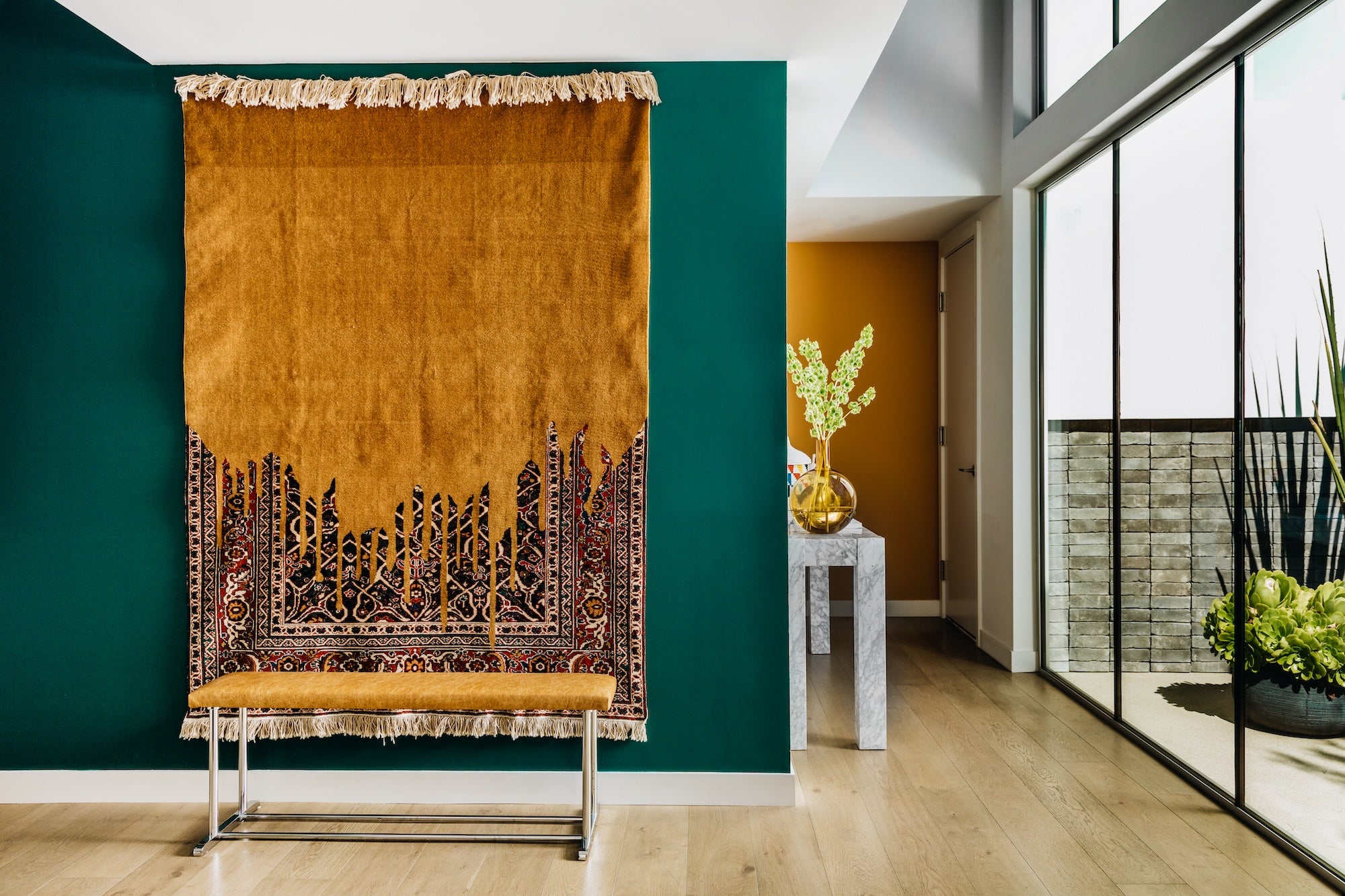Throughout the course of their career, most designers find that paint color or that tile they’ll never use again. This week we asked six industry experts—Sebastian Aronowitz, Catie Casazza, Lauren Coburn, Stephanie Feinerman, Peti Lau and Lauren Lim—what materials they won’t be specifying in future designs.

Away With Artificial
“I have learned to steer clear of products containing viscose. Despite being more affordable than natural textiles, viscose textiles have proven to be problematic due to their tendency to discolor easily when cleaned and their susceptibility to water stains. In the earlier years of my career, there was a wider availability of all-natural textiles that exuded a sense of luxury, durability and a unique tactile experience. Although spills may not vanish instantaneously on these materials, their resilience and organic feel far surpassed viscose and other synthetic materials that were all over the marketplace for cost savings. Fast-forward to present times: The scarcity of all-natural textiles in showrooms has become a prevalent issue. By using natural materials and emphasizing use of local sources and superior craftsmanship, one can achieve a luxurious and refined look without sacrificing sustainability. It is evident that a return to nature when it comes to textiles is not only beneficial for the environment, but also for creating a truly elegant living space.” —Lauren Coburn, Lauren Coburn Interiors, Chicago

Maintenance in Mind
“I always invest a great deal of time researching materials before making recommendations to my clients, carefully considering how each space will be used and the level of interaction each element will endure. That being said, I designed a bathroom a few years ago and we used white concrete tiles on the floor. While my clients and I still love the aesthetic, the maintenance required to keep them looking spotless is more than I would have preferred. I rarely say ‘never’ when it comes to design choices, but those tiles might just make the list!” —Stephanie Feinerman, Stephanie Feinerman Design, Los Angeles

Finishing Touch
“I have specified a black painted wood with a wax finish in my own home, and oh my, it’s not very practical. It marks up easily with fingerprints and oil—it is really sensitive and difficult to keep perfect. It’s gorgeous, but if you are rough on your things, it’s a finish I would not recommend.” —Peti Lau, Peti Lau Design, Los Angeles

Invest in Quality
“It might sound surprising, but wooden kitchen worktops—specifically, butcher block–style ones that have been created by gluing cheap strips of wood together—ultimately result in a low-quality surface that isn’t fit for the purpose. They can lead to numerous disasters once water gets into the joints, turning the wood black and eventually causing it to rot. I’ve even seen cases of sinks hanging on by a thread as the surrounding worktop has decayed. These can often come about as consumers decide they’d like a wooden worktop—they might see one for a low cost in a showroom and it’s sold to them with little to no explanation on how to care for it. This sort of patchwork-style surface can last as little as a couple of years; understandably, kitchens are a huge investment, but with that, it’s better to opt for long-lasting, quality materials. I’d always recommend full-plank worktops instead. Not only do they look much better, but with proper care such as regular oiling and not letting water sit on the surface, it can last for decades.” —Sebastian Aronowitz, The London Kitchen Company, London

Scrub-a-Dub-Dub
“While I won’t say never, I have intentionally stopped using acrylic bathtubs in my projects. Some of my clients are sensitive to certain materials and prefer eco-friendly, nontoxic products in their homes. This shift led me to exclusively specify cast iron or natural concrete bathtubs. The market now offers stunning options in a variety of sizes. These materials are not only natural but also provide superior heat retention, greater durability and a longer lifespan.” —Lauren Lim, LVR Studios, Los Angeles

Weather Disturbances
“Wood windows! Due to our new extreme weather conditions and hypothesizing that we will continue having more severe conditions in the future, wood windows have a hard time holding up to the changes in the temperature and moisture. Wood is a living organism and reacts to the environment, causing windows to swell when the humidity is up and shrink back down when the weather is dry—leading to cracking, misalignment and gapping. This seasonal cycle creates the need for constant adjustment and maintenance. We recommend wood windows be painted and resealed yearly for the best outcome.” —Catie Casazza, CRL Construction, Sherman Oaks, California





























